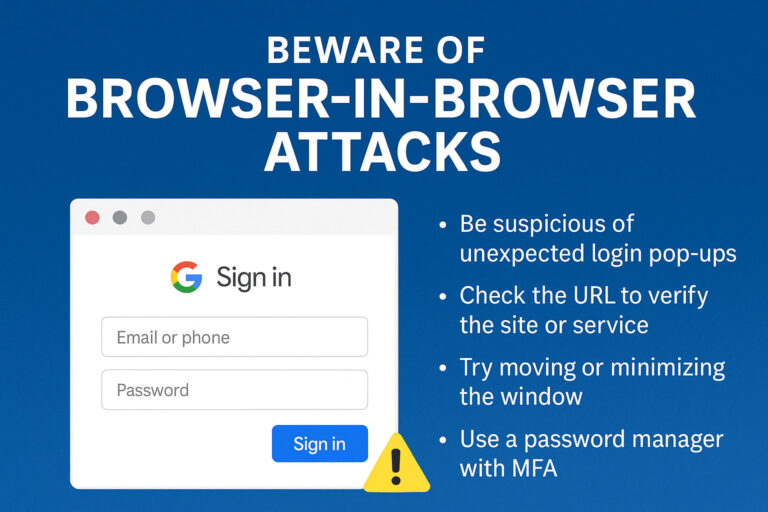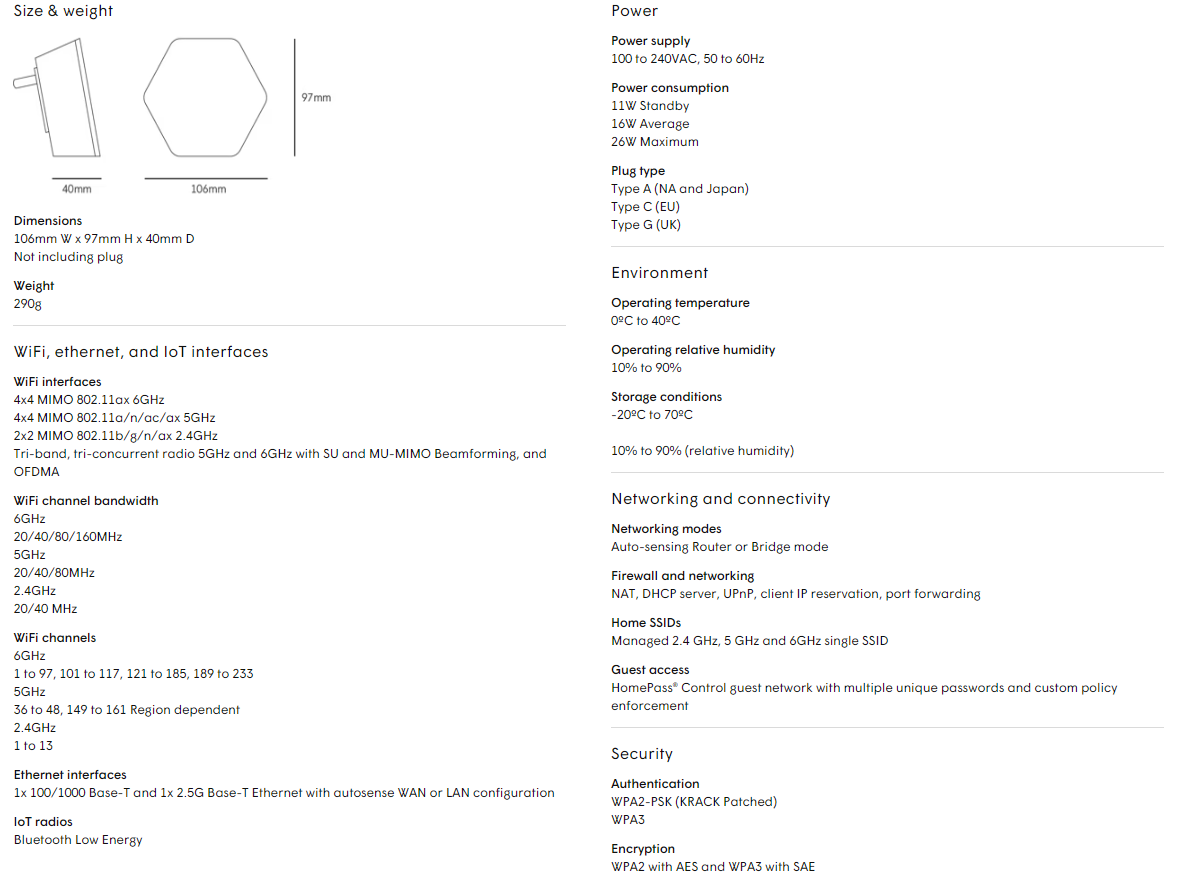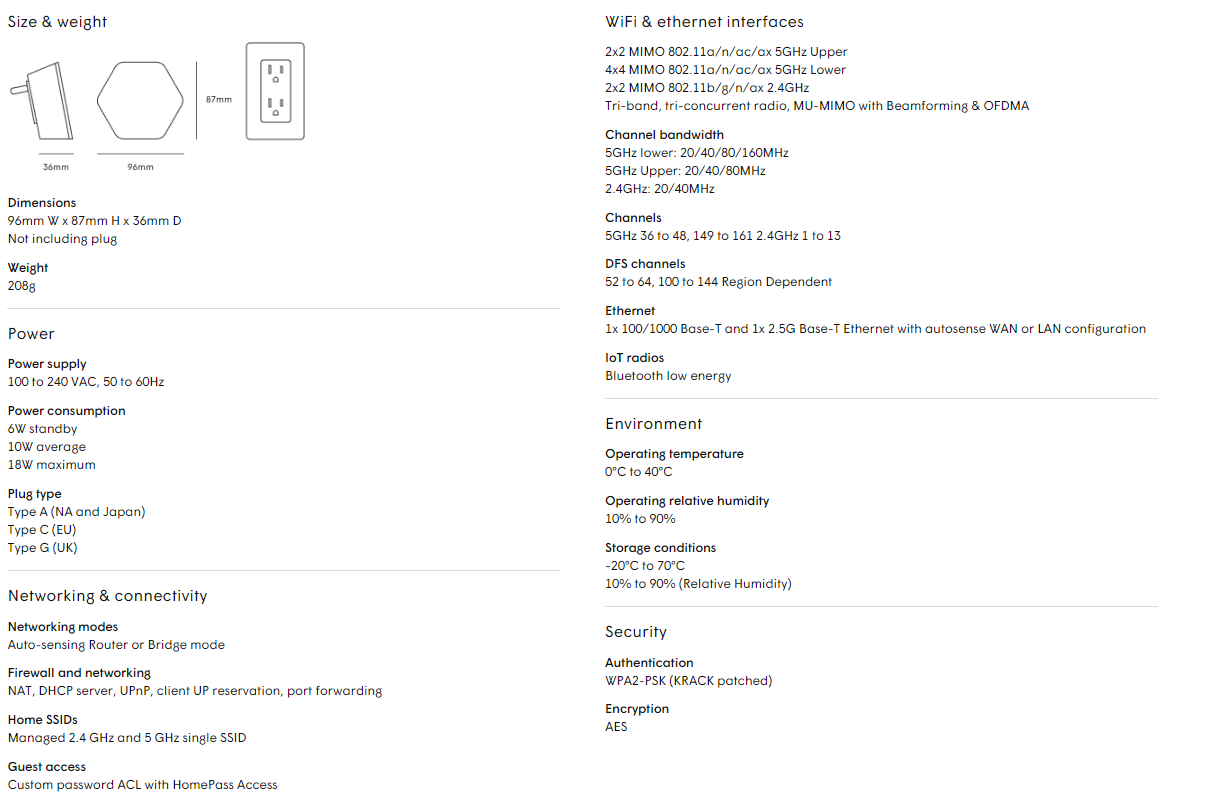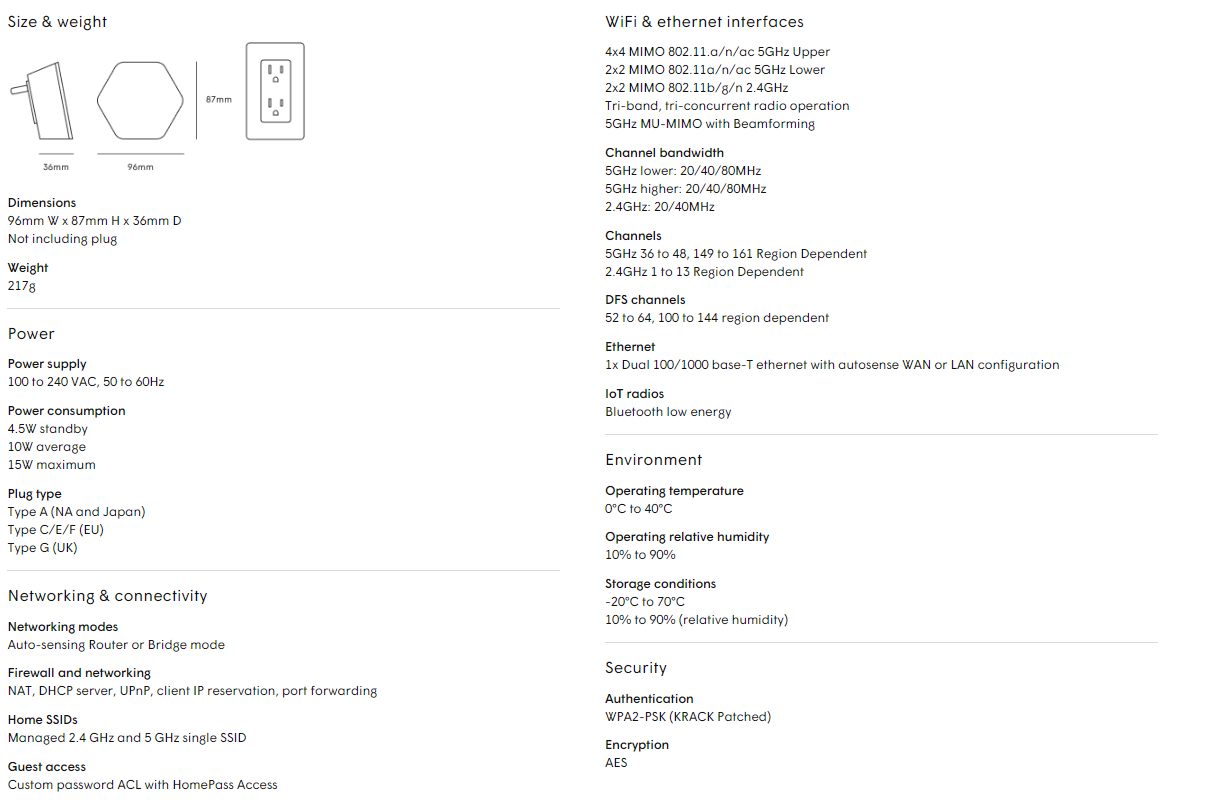In today’s digital age, businesses rely heavily on email communication for various operations. While emails have streamlined communication and improved efficiency, they have also become a prime target for cybercriminals. One prevalent threat that businesses face is Business Email Compromise (BEC). In this blog post, we will delve into the basics of BEC, how it works, and what you can do to protect your organization from falling victim to this potentially devastating form of cybercrime.
What is Business Email Compromise (BEC)?
Business Email Compromise, also known as CEO fraud or whaling, is a type of cyber-attack where cybercriminals impersonate high-ranking employees or trusted partners to manipulate employees into revealing sensitive information or performing fraudulent financial transactions. This often involves impersonating the CEO, CFO, or other executives within a company.
How Does BEC Work?
Email Spoofing: BEC attackers often use email spoofing techniques to make their messages appear legitimate. They may create email addresses that closely resemble those of executives or business partners, making it difficult for employees to detect the scam.
Impersonation: Once the attacker has a convincing email address, they send an email impersonating a trusted authority figure, such as the CEO. They may request sensitive data, such as employee payroll information, or ask for financial transactions to be made.
Social Engineering: BEC attackers use psychological manipulation to persuade employees to act. They may create a sense of urgency or pressure the target into taking immediate action, often under the guise of a confidential matter.
Fraudulent Transactions: In some cases, the ultimate goal of a BEC attack is to initiate fraudulent wire transfers or payments. Attackers might instruct employees to transfer funds to an account they control, leading to financial losses for the targeted organization.
Phishing for Data: BEC attacks can also involve attempts to gather sensitive data, such as login credentials, by convincing employees to click on malicious links or download harmful attachments.
Types of BEC Attacks
CEO Fraud: In this type of BEC attack, the CEO’s identity is impersonated, and the attacker requests financial transactions or sensitive information.
Vendor Email Compromise: Attackers compromise a vendor’s email account to send fraudulent invoices or payment requests to a target organization.
Attorney Impersonation: Cybercriminals pose as lawyers or legal representatives to pressure employees into taking action or disclosing confidential information.
Protecting Your Business from BEC
To safeguard your organization from Business Email Compromise, consider implementing the following measures:
Email Authentication: Use email authentication protocols like DMARC, DKIM, and SPF to verify the authenticity of incoming emails.
Employee Training: Provide comprehensive training to employees to recognize the signs of BEC attacks, emphasizing the importance of verifying requests for sensitive information or transactions.
Multi-Factor Authentication (MFA): Enforce MFA to add an extra layer of security to email accounts, reducing the likelihood of unauthorized access.
Strong Password Policies: Encourage employees to use complex, unique passwords and change them regularly.
Vendor Verification: Verify vendor payment requests through multiple channels, especially when they seem unusual.
Cybersecurity Solutions: Implement robust cybersecurity solutions, such as anti-phishing software and intrusion detection systems.
Let Citynet Help
Citynet understands the ever-evolving nature of cyber threats and the need for comprehensive email security. We offer a range of solutions to protect your organization from Business Email Compromise and other email-based threats. Don’t wait until your organization becomes a victim. Protect your business, your data, and your bottom line. Our experienced team is dedicated to safeguarding your organization from today’s ever-present threat of cyberattacks. Contact Citynet today.
Don’t let a Business Email Compromise compromise your business.








